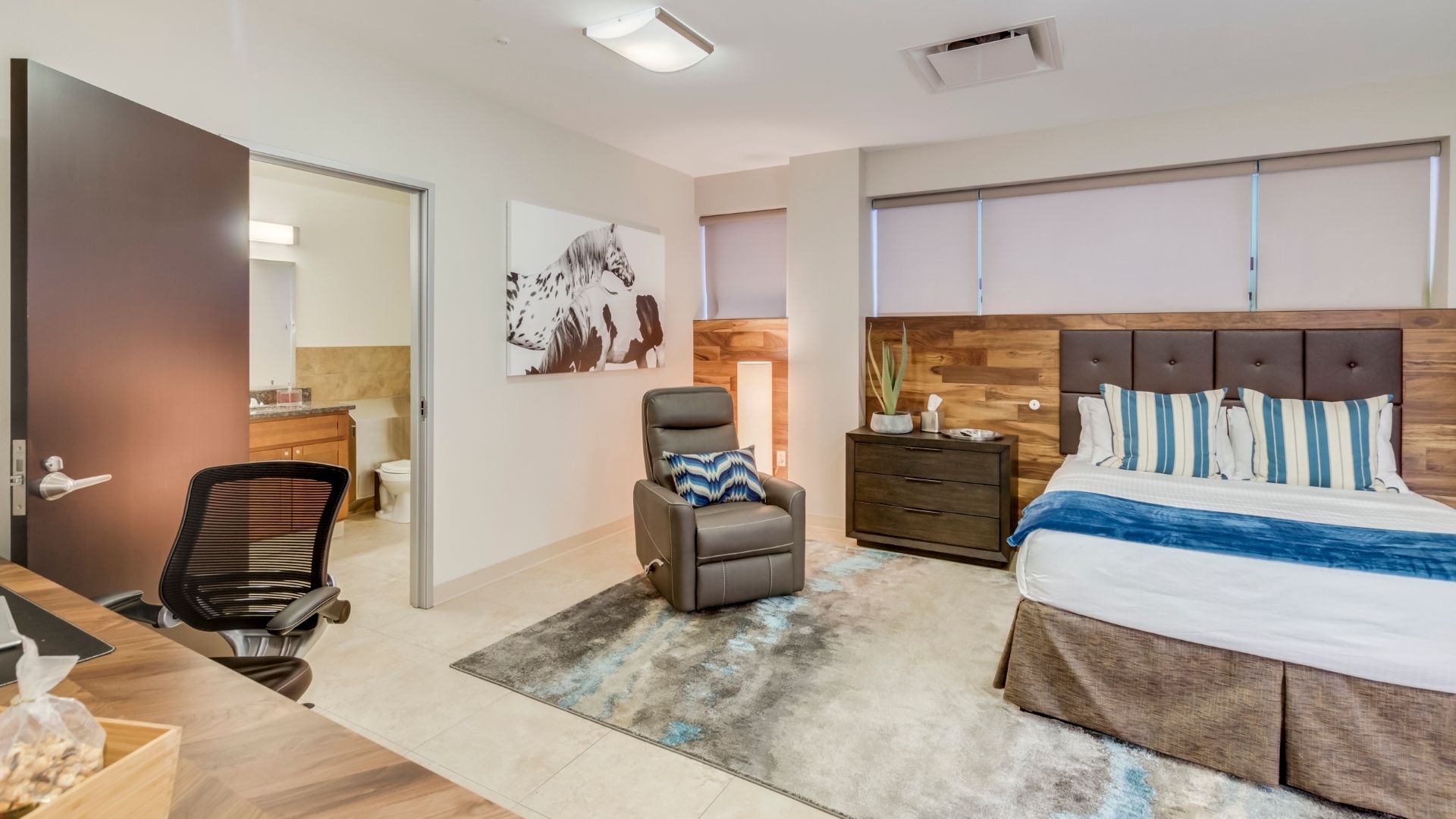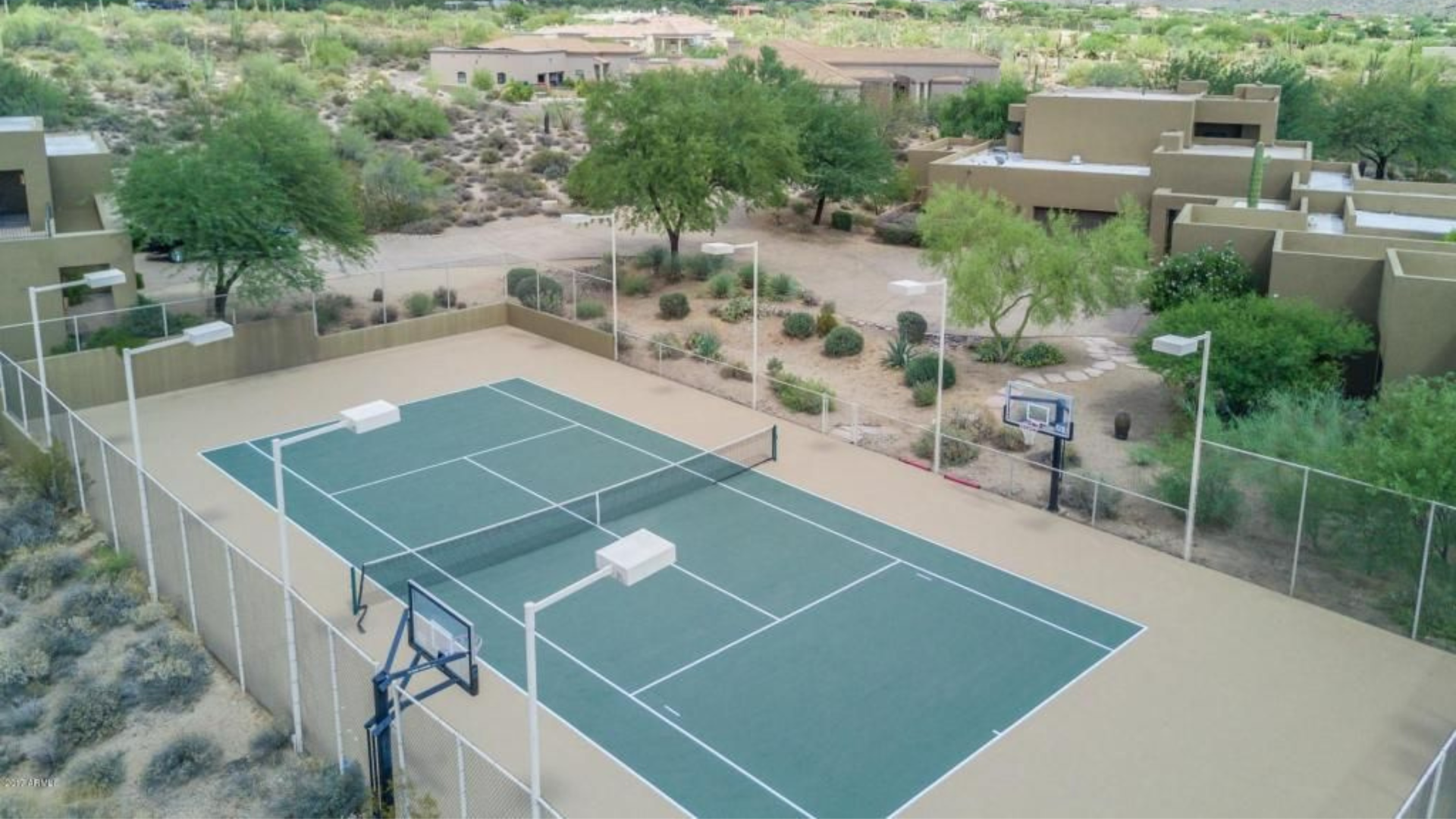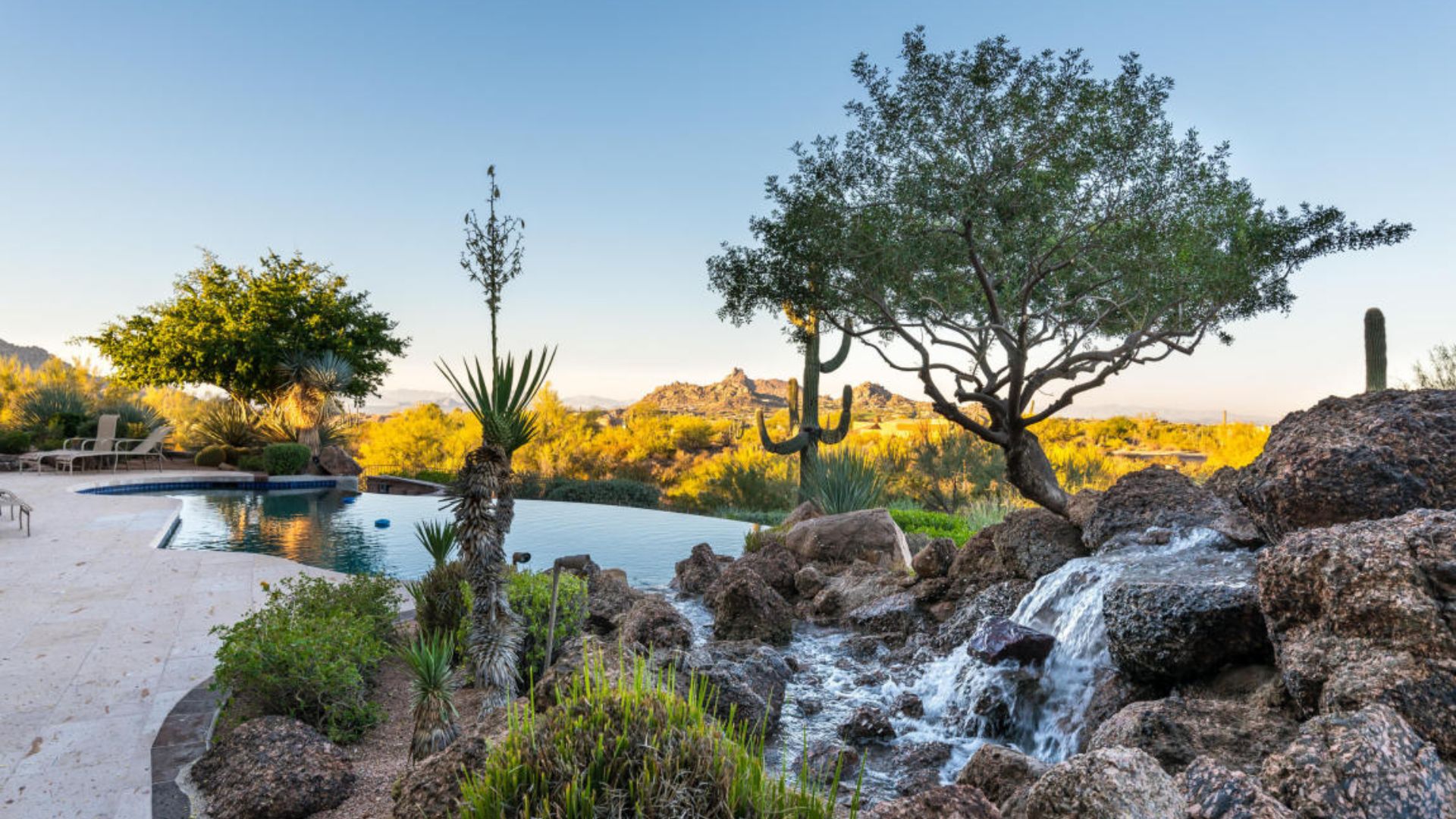Acne is a common skin condition that affects people of all ages. While genetics, hormones, and skincare routines are known contributors, many people wonder if drinking alcohol could also be to blame. The relationship between alcohol and acne isn’t always straightforward, but growing evidence suggests that alcohol may contribute to breakouts and other skin issues.
This article explores how alcohol affects the skin, the link between acne and alcohol consumption, and how excess alcohol can trigger or worsen skin disorders. We’ll also examine whether reducing alcohol intake can lead to clearer skin.



